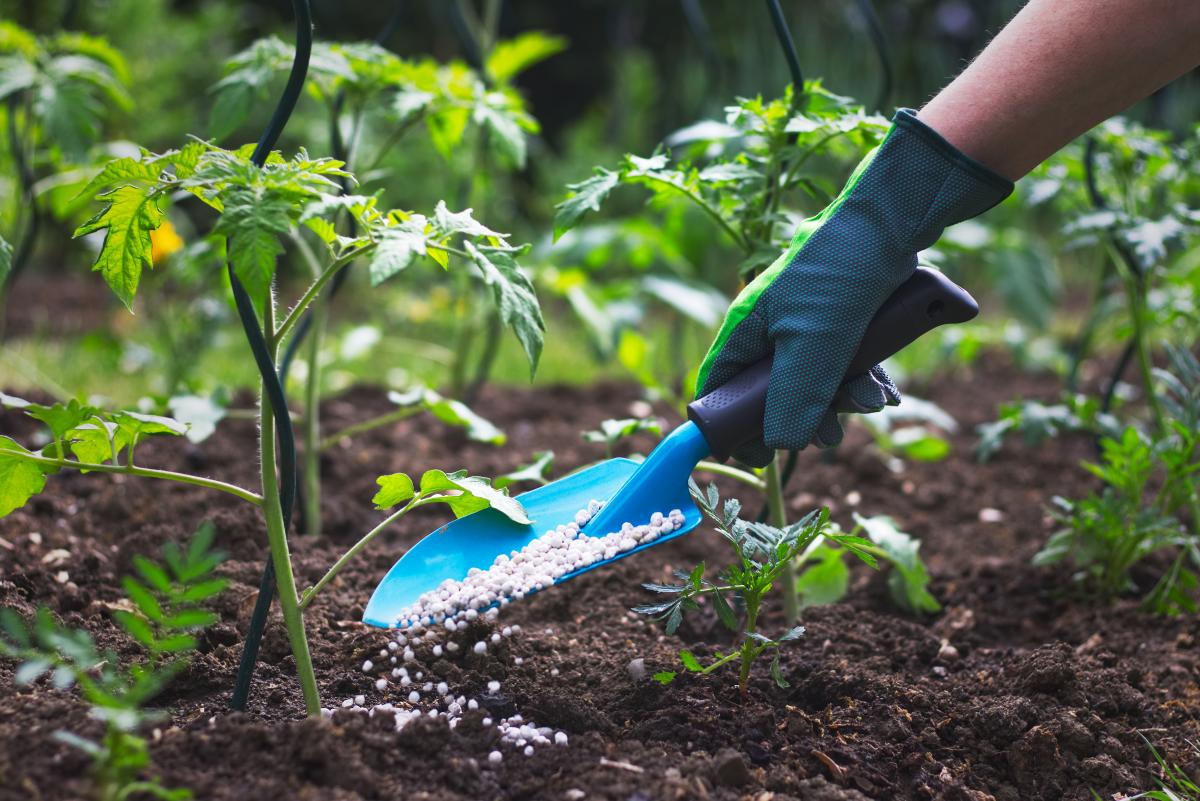Future Sequence of Fertilizer Needs for Brazilian Crops

While Brazilian farmers are harvesting their 2021/22 crops, they are also worried that Russia’s war against Ukraine could disrupt the flow of imported fertilizers that are essential for their 2021/22 crops.
Approximately 85% of Brazil’s fertilizer needs are imported and Brazil imports about nine million tons of fertilizers from Eastern Europe or about 25% of its total imports. Brazil must import 95% of its potassium needs with more than two million tons coming from Belarus and three million tons from Russia. Russia accounts for 25% of Brazil’s total fertilizer imports and 21% of its nitrogen imports.
Brazilian farmers are in the process of harvesting their 2021/22 soybeans and the first corn crop and they are planting their 2021/22 safrinha corn. The first corn crop is responsible for approximately 25% of Brazil total corn production, while the safrinha corn crop and the third corn crop in northeastern Brazil, are responsible for approximately 75% of Brazil corn production.
As of late last week, approximately 75% of the safrinha corn was planted and there appears to have been enough fertilizers on hand for the safrinha corn.
The next major grain crop to be planted is the winter wheat, which is planted in the southern states of Parana and Rio Grande do Sul. The Brazilian National Association of Fertilizer Distributors (Anda) indicated that there is enough fertilizers on hand through May, so there should be enough fertilizers to get the wheat planted.
The real fertilizer crunch in Brazil could develop when farmers start purchasing their fertilizers for the 2022/23 growing season. Farmers in southern Brazil will start planting their first corn crop and dry beans in August and they will start planting soybeans in early-to-mid September.
Brazilian farmers usually purchase the fertilizers and other inputs needed for the first corn crop, soybeans, dry beans, and rice crops during April-May-June and they would like to have their fertilizers on hand by August. For the safrinha corn, they usually purchase their fertilizers and other inputs in November-December and they would like to have it on hand by late December or early January.
The question is will the fertilizers be available and at what price?
Read also
Wheat in Southern Brazil Impacted by Dry Weather and Frosts
Oilseed Industry. Leaders and Strategies in the Times of a Great Change
Black Sea & Danube Region: Oilseed and Vegoil Markets Within Ongoing Transfor...
Serbia. The drought will cause extremely high losses for farmers this year
2023/24 Safrinha Corn in Brazil 91% Harvested
Write to us
Our manager will contact you soon



